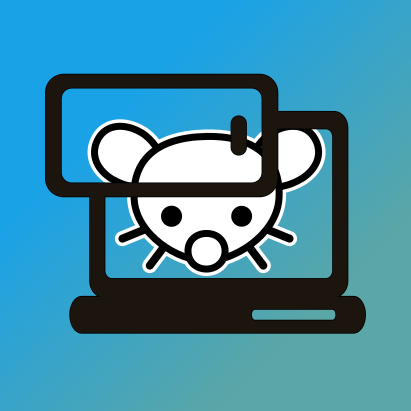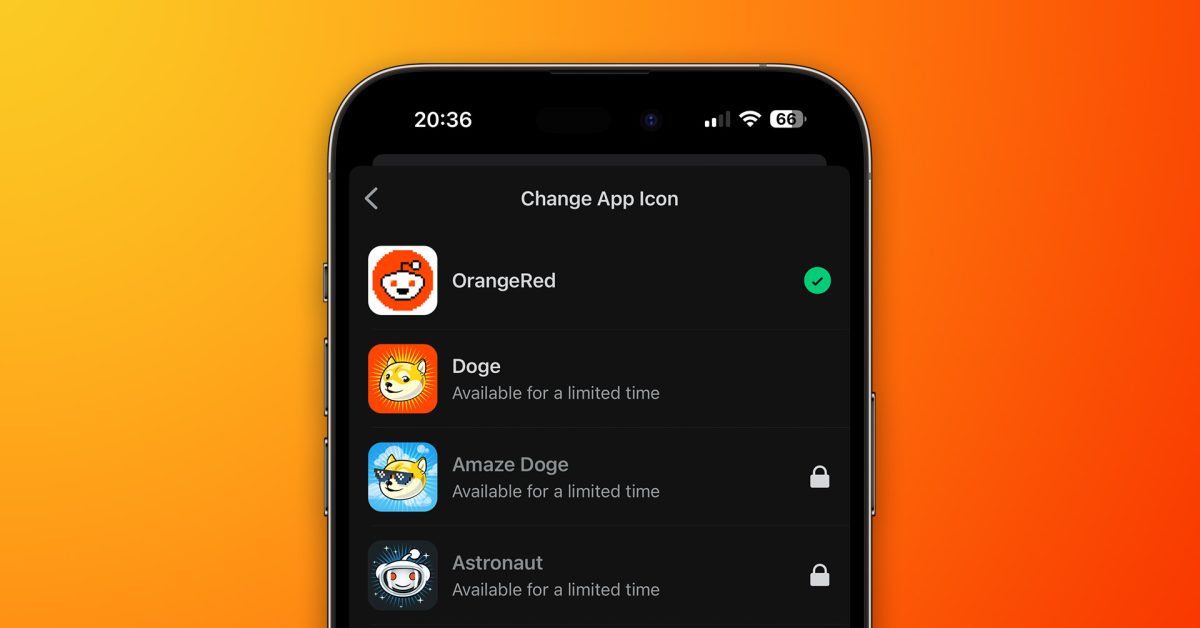- 12 Posts
- 28 Comments

 6·1 year ago
6·1 year agoI’ve used lemmy_migrate in the past and it’s good for one-way copy. I’ve also seen lasim, but I haven’t tried it. You may find other options on awesome-lemmy.
This looks excellent! Thanks for your work building it!

 61·1 year ago
61·1 year agoCould you share what your favourite features of Infinity are? I’ve never used it before, here or on the old site.

 8·1 year ago
8·1 year agoThat’s it! If you don’t specify a host path, i.e. the path before the colon, Docker will create an volume which saves any changes you make to that path in the container, but won’t mount any existing path from the host to the container.

 1·1 year ago
1·1 year agoWhat is the frequency indicator on the right side of your system panel?
Nice, looking forward to it!

 4·1 year ago
4·1 year agoBut why would you need to disable mobile data when you enable WiFi? WiFi is automatically preferred, so having the mobile data toggle on or off doesn’t matter while connected to WiFi.

 7·1 year ago
7·1 year agoI used to follow the OnePlus magazine on the old site. I can’t remember the last time I read something good a OnePlus user said about their phone.

 7·1 year ago
7·1 year agoCarPlay and Android Auto actually work well, and you can use the apps that you already have on your phone. The screens are generally more convenient and restrict view less than a phone holder stuck to the window. But without those, I agree that I’d rather have no screen than one with crappy media controls and the car’s own navigation.

 13·1 year ago
13·1 year agoWhat did they do?

 3·1 year ago
3·1 year agoPairDrop is an improved version of SnapDrop that works both locally and over the Internet. I’ve found it more reliable to set up.

 17·1 year ago
17·1 year agoYes, I think that’s it. Their website really don’t make it easy to figure out…

 8·1 year ago
8·1 year ago/c/titlegore

 1·1 year ago
1·1 year agoYou would need to set up routes on these other devices to tell them that VPN devices can be reached through the Pi. It’s possible, but I’ve never done it myself, so I don’t have any useful pointers.

 3·1 year ago
3·1 year agoUse opusenc directly. It preserves covers and the CLI is literally
opusenc --bitrate B INPUT OUTPUT.

 3·1 year ago
3·1 year agoIt is also sometimes annoying when you try to crop the margin of a photo and the cropping area overlaps with the back gesture trigger area. But for me gestures win every time because the back gesture, which is the most common of the 3 operations, is available anywhere my thumb currently is, not just on the bottom edge of the screen.

 4·1 year ago
4·1 year agoYes. All devices connected to the VPN will have a private IP inside the virtual network. You can use these to communicate as though they were public IPs, except that they can’t be used from outside the VPN.

 3·1 year ago
3·1 year agoThere’s also a noticeable difference with some beans. Cheap ones are tough and taste almost stale, while nicer ones are creamier and more flavourful.

 7·1 year ago
7·1 year agoYes, you can connect the device behind CGNAT to your existing VPN as a client. Then, from inside the VPN, you would use the its virtual address to connect to it. You can use a systemd service or similar to have the VPN connect at boot.







He claimed he DMed the admins. I can’t see any public post about it.